by Eva Wu
Food and cultural diversity. What?!
We constantly hear people say diversity, and it’s become a pretty catchy word nowadays. This is especially the case in the workplace. A diverse culture is a sought-after value at many companies. Peeking into your co-worker’s lunch box might tell you something about the cultural diversity at your workplace. Whether it’s a cheeseburger, a taco, a slice of pizza, fried rice, or some red curry, it might embody more than just the food itself.
To start with, let us look at something fun. How many of the foods in the picture above can you name? And what is their country of origin?
If you can name more than 5, congratulations, you are already doing a pretty good job. If you can name more than 10, woohoo, you are already an expert level foodie, and well ahead of your peers in terms of diversity awareness.
Are we really what we eat? Yes!
We often say we are what we eat. It rings true health-wise, but it has its cultural implications, too. Food plays a key part in our lives. The things our parents fed us since we were young not only nourish us physically, but also mentally later in life. These intangible forces help shape our bodies, and also our minds in terms of the ways we think, how we see the world, and how we interact with people in such slow and subtle ways that we often fail to even notice them.
This often happens on a collective basis; namely, food not only influences us on an individual basis, but also as a collective, cultural group. People from different cultural backgrounds tend to have different preferences when it comes to food. Even if we move far away from the environment where we grow up, we usually tend to prefer a similar diet. Eating these familiar foods gives us a sense of cultural belonging, which makes us feel secure and assured, no matter where we are. Whether intentionally or unintentionally, we often associate our self-identities with our food. A peek into your co-workers’ lunch boxes could probably tell you something about their cultural background and help you get to know about their cultures better, while also giving you an idea of how culturally diverse your workplace is at the same time.
Go global? Let’s go diverse first!
We’re living in a globalized world, with the movement of goods, services, people, capital, and technology working faster than ever. Companies are encouraging more diverse teams, comprised of employees with different skin colors, age groups, and genders. And these companies know they need to do so in order to be more competitive in today’s market.
For any companies which have products or services going global, a diverse team can be really helpful. And going global is, unexpectedly, going local, reaching a local audience in different markets. Launching services or products in a new market doesn’t mean simply translating the user interface, packaging, and marketing lines, anymore. It may even require rebranding the product and redesigning the entire interface to include those aspects which could likely be missed in the cultural conversion. All these things need teams to really put themselves in their audience’s shoes. It requires a localization mindset with cultural empathy as a core value of that mindset. Cultural empathy in its essence means we are open to learning about different cultures and can learn to truly appreciate unique aspects of different cultures, so that we can better co-relate with groups of people who are so different from us.
If we can’t even co-relate with our co-workers from a different cultural background who are actually around us, how can we expect to co-relate with a market audience so far away? That’s why cultural empathy is such a key soft asset which can help prepare any business to go global. And remember, having a diverse team can really help you diversify your game plan. Working in a diverse environment helps us grow and develop such cultural empathy. This cultural empathy helps teams always keep their local audience in mind, whether it’s as early as the product design stage, or in later marketing and localization stages.
So next time you’re eating your lunch with your co-worker, try opening yourself up to the opportunity to learn about a different culture, and enjoy the sparks of different perspectives brought by your cultural differences.









